
Hongji Ball Mill is a key equipment to grind the crushed materials, which is widely used in the manufacturing industries, such as cement, silicate, new building material, refractory material, fertilizer, ferrous metal, nonferrous metal and glass ceramics.
WhatsApp: +86 18838072829
This material can be easily drilled, threaded, and otherwise machined with conventional chipmaking machines. Type 1018, soft, low carbon steel, balls are very weldable. This material is strongly attracted by a magnet. These balls are the least expensive metal balls. See our Shopping Cart for available stock.
WhatsApp: +86 18838072829
In this study, two different techniques were applied for the reduction of ferrous oxide materials. In the first stage, the reduction of mill scale was carried out in a rotating furnace using solid and gas reductants to produce sponge iron. The coal is used as solid reductant and its features have been given in "Materials" section.
WhatsApp: +86 18838072829
The Mineral Processing Flowsheets shown on the following pages are based on actual data obtained from successful operating plants. Metallurgical data are shown in these flowsheets which incorporate Crushers, Grinding Mills, Flotation Machines, Unit Flotation Cells, and Selective Mineral Jigs as well as other standard milling equipment.
WhatsApp: +86 18838072829
Zirconium oxide (ZrO 2) and stainlesssteel milling jars are the most common cells used for polymorphs and amorphous, ... Oscillatory ball mill (Mixer Mill MM301, Retsch and Co., Germany) 25 mL stainless steel: 2 stainless steel balls (d = 15 mm) g of sample: 20 Hz: Room temperature: 120 min :
WhatsApp: +86 18838072829
DOVE small Ball Mills designed for laboratories ball milling process are supplied in 4 models, capacity range of (200g/h1000 g/h). For small to large scale operations, DOVE Ball Mills are supplied in 17 models, capacity range of ( TPH 80 TPH). With over 50 years experience in Grinding Mill Machine fabrication, DOVE Ball Mills as ...
WhatsApp: +86 18838072829
Magnetic iron oxide particles (Fe 3 O 4) fabricated by ball milling for improving the environmental quality. A. Erwin 1, S. Salomo 1, P. Adhy 2, N. Utari 3, W. Ayu 3, Y. Wita 3 and S. Nani 3. Published under licence by IOP Publishing Ltd IOP Conference Series: Materials Science and Engineering, Volume 845, The International Conference on Chemical Engineering and Applied Sciences (ICChEAS) 2019 ...
WhatsApp: +86 18838072829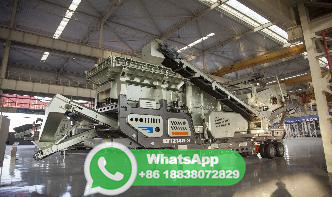
Many lead oxide production methods have existed, the predominant two are the `ball mill' and the `Barton pot' processes. These, and other methods, produce oxides with characteristics which are unique to each. The oxide properties of particle size and shape, surface area, crystal structure, purity, and degree of oxidation, can potentially ...
WhatsApp: +86 18838072829
End mills coated with TiCN should be operated at speeds up to 50% higher than uncoated mills. If process temperatures get too high hardess drops significantly. Titanium Aluminum Nitride (TiAlN) coatings are highperformance coatings used for all types of materials. It is about the same hardness as Titanium Carbonitride (TiCN,) but maintains ...
WhatsApp: +86 18838072829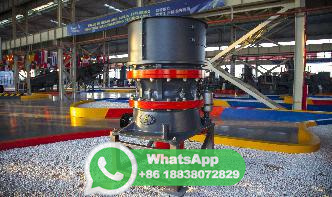
Module 7 Ballmilling Ball milling is an economic and facile technique to produce nanosized materials. It is a topdown approach of nanoparticle synthesis which includes mechanical breakdown of large substances into smaller one. It is used in producing metallic as well as ceramic nanomaterials.
WhatsApp: +86 18838072829
Ball Mills; Batch Small Ball Mill; Raymond Grinding Mill; Wet Pan Mill; Feeding Machine. ... Usually, we use the following method, which is the ratio of total iron (TFe) to ferrous oxide (FeO) in iron ore. The theoretical value of pure magnetite is The larger the ratio, the oxidation of iron ore. ... Limonite is a ferric oxide containing ...
WhatsApp: +86 18838072829
Ball mills have been used as the main grinding equipment for finished cement production for over 100 years. Although simple to operate and costcompetitive relative to other technologies, the low efficiency of ball milling is one of the main reasons for the development of more efficient grinding processes in recent years. ... and ferrous oxide ...
WhatsApp: +86 18838072829
Another example is ferroferric oxide (Fe 3 O 4) which is a mixed oxide of two simple oxides—ferric oxide (Fe 2 O 3) and ferrous oxide (FeO). Minerals can naturally provide some metal oxides. However, these metal oxides are not readily available for application. ... For the preparation of different MOs high energy ball mill is the widely used ...
WhatsApp: +86 18838072829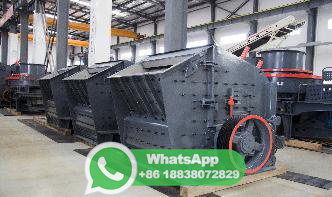
For example, ferric oxide (Fe 2 O 3) is red, ferrous oxide (FeO) is black, and ferrous ferric oxide (Fe 3 O 4) ... All propellants that are mixed together dry are very flammable. A ball mill with nonmetallic "balls" is the only acceptable method and even then, precautions must be taken in case of ignition. The dust inside can be explosive.
WhatsApp: +86 18838072829
Iron(III) oxide in a vial. Iron(III) oxide or ferric oxide is the inorganic compound with the formula Fe 2 O is one of the three main oxides of iron, the other two being iron(II) oxide (FeO), which is rare; and iron(II,III) oxide (Fe 3 O 4), which also occurs naturally as the mineral the mineral known as hematite, Fe 2 O 3 is the main source of iron for the steel industry.
WhatsApp: +86 18838072829
Mill scale, often shortened to just scale, is the flaky surface of hot rolled steel, iron oxides consisting of Iron(+II,III) oxide, hematite, and magnetite. Mill scale is formed on the outer surfaces of plates, sheets or profiles when they are being produced by rolling red hot iron or steel billets in rolling mills. Mill scale is composed of ...
WhatsApp: +86 18838072829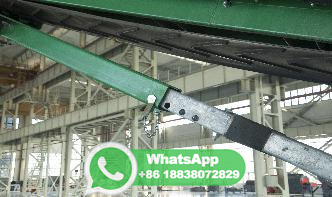
The process of synthesis of iron oxide pigments is carried out either thermally in laboratory batch kiln by calcination at a welldefined temperature (oxidation/reduction) either chemically (addition of precursor or reagent/redox reaction). Mill scale and iron oxide pigment (color) were characterized using Xray diffraction (XRD) analysis ...
WhatsApp: +86 18838072829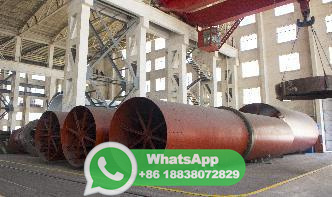
The ball mill Ball milling is a mechanical technique widely used to grind powders into fine particles and blend materials. 18 Being an environmentallyfriendly, costeffective technique, it has found wide application in industry all over the world. Since this minireview mainly focuses on the conditions applied for the preparation and ...
WhatsApp: +86 18838072829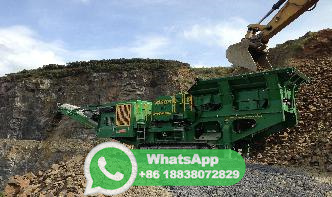
Ball mills. The ball mill is a tumbling mill that uses steel balls as the grinding media. The length of the cylindrical shell is usually times the shell diameter (Figure ). The feed can be dry, with less than 3% moisture to minimize ball coating, or slurry containing 2040% water by weight.
WhatsApp: +86 18838072829
According to the reaction's stoichiometry, the ratio of Iron (II,III) oxide to Aluminum powder by weight is about :1, or more exactly, :1. ... but do not ball mill or grind the materials together. A very intimate mixing is wellworth the effort, as it will yield the best performance. Ignition.
WhatsApp: +86 18838072829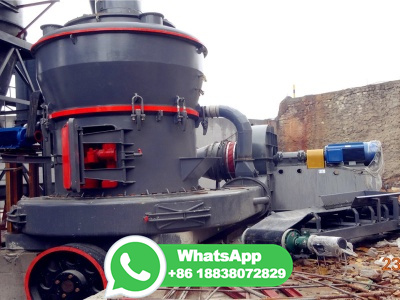
All the results demonstrate that novel ballmilled biochar/iron oxide composites can be used as an effective adsorbent to remove Cr(VI) from water. ... iron sul de [24] (ferrous sul de) and ferric ...
WhatsApp: +86 18838072829